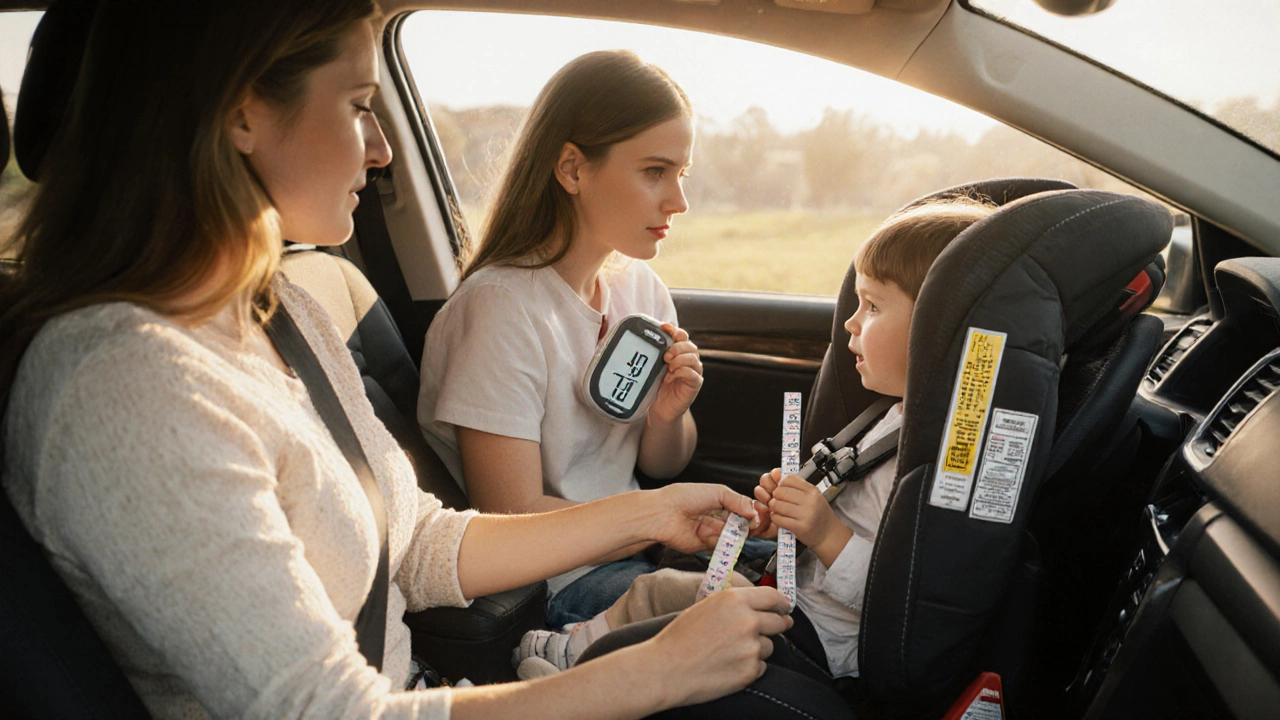When Should Kids Move to a Booster Seat? Weight Guidelines Explained
Learn the exact weight and height thresholds for moving a child from a forward‑facing car seat to a booster, plus safety tips, legal guidelines, and a step‑by‑step transition plan.
Switching from a harnessed car seat to a booster seat, a child car safety device that raises a child so the vehicle seat belt fits properly. It's a milestone many parents worry about getting right. Most kids move to a booster between ages 4 and 8, but it’s not just about age—it’s about height, weight, and how well the seat belt fits. The goal? To keep your child safe while the seat belt lies correctly across the shoulder and lap, not the neck or belly.
Before you make the switch, check three things: your child’s height, their ability to sit still, and whether the car’s seat belt fits correctly without the harness. If their shoulders are above the top harness slots in their current seat, or if they weigh more than the seat’s limit (usually 40-65 pounds), it’s time to think about a booster seat. Also, if your child can’t sit with their back against the seat, knees bent comfortably over the edge, and feet flat on the floor, they’re not ready yet. A booster seat isn’t a reward—it’s a safety upgrade. The child car seat safety standards from the AAP and NHTSA say kids should stay in a harnessed seat as long as possible, often until they’re 5 or 6, even if they’re tall for their age.
Many parents rush to move kids to boosters because they think it’s more grown-up. But a 4-year-old in a booster with a loose seat belt is at higher risk than a 5-year-old in a proper harness. Look for signs: Does the shoulder belt cut across their neck? Does the lap belt ride up on their stomach? If yes, they still need a harness. Also, don’t switch just because they’re tall—wait until they hit the manufacturer’s height and weight limits for their current seat. Most boosters work best for kids 40 pounds and up, and at least 35 inches tall. And never skip the lap-and-shoulder belt—no booster should ever be used with just a lap belt.
There’s no magic number, but most kids are ready for a booster between 4 and 7 years old, and they’ll usually stay in one until they’re 8 to 12—when they’re about 4 feet 9 inches tall. That’s when the adult seat belt fits right. You’ll know it’s working when the shoulder belt crosses the middle of their collarbone, not their neck, and the lap belt lies low across their hips, not their belly. And if they slouch, wiggle, or try to tuck the belt under their arm? Back to the harness. Safety isn’t about what looks cool—it’s about what keeps them protected.
What you’ll find below are real, practical guides from parents and experts who’ve been there. From how to pick the right booster for your car, to when it’s safe to skip one altogether, to what to do if your child refuses to sit still—these posts cut through the noise. No fluff. No guesswork. Just clear, tested advice to help you make the right call at the right time.

Learn the exact weight and height thresholds for moving a child from a forward‑facing car seat to a booster, plus safety tips, legal guidelines, and a step‑by‑step transition plan.